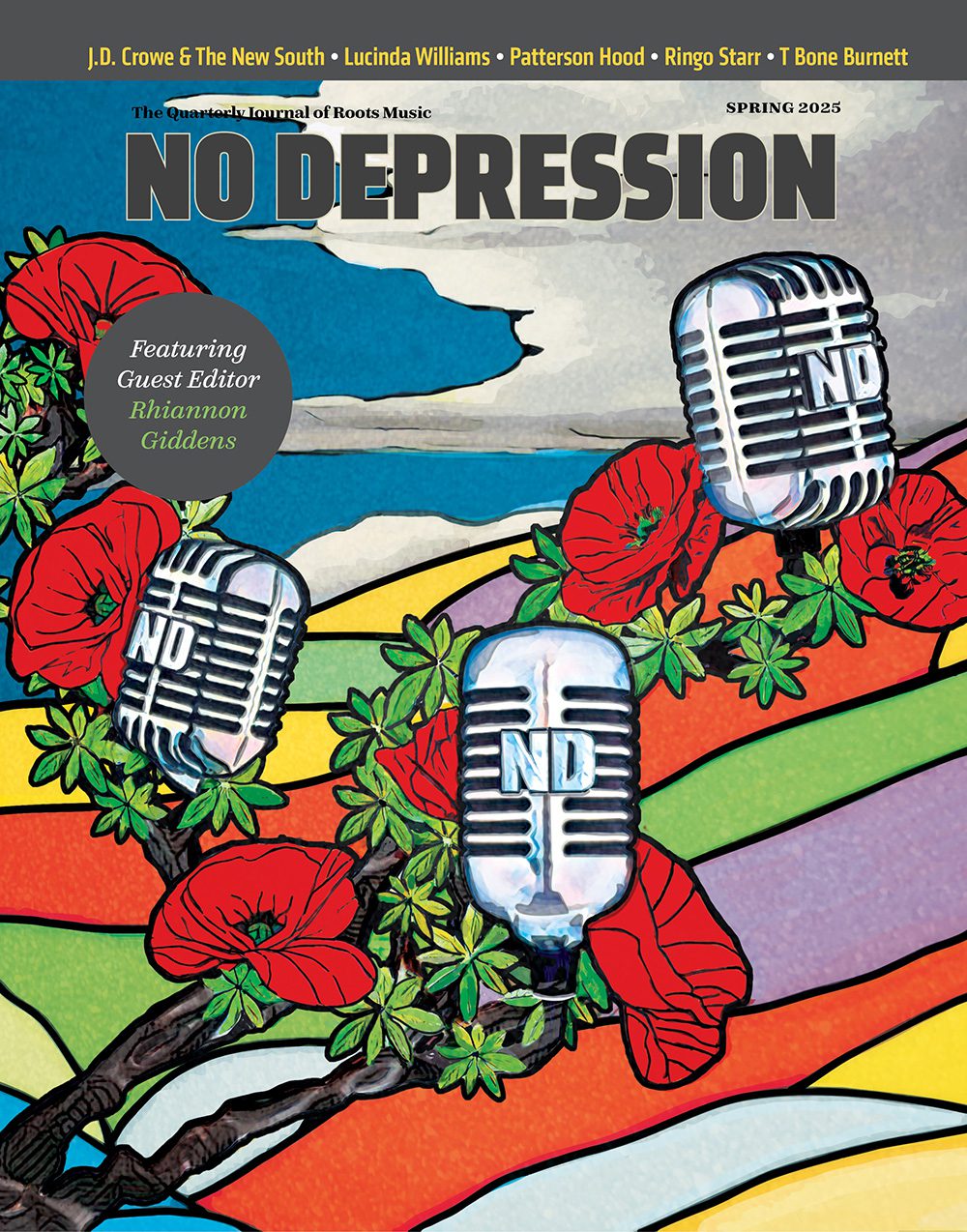Merle Haggard – The Land Of Many Churches
Merle Haggard’s tributes to Jimmie Rodgers and Bob Wills are well-known to contemporary fans, but few know that in 1971 Haggard recorded another one, an album he called “a sort of tribute to an old friend of mine, who is truly #1. Of course,” he went on, “I’m speaking of our Lord, Jesus Christ.” That album has, at long last, been reissued; the most appropriate reaction, I guess, is “glory hallelujah.”
The project took shape as a double LP, with each side recorded in a different congregational setting — a little country Baptist church, the San Quentin Garden Chapel, a Nashville rescue mission, at a California Assembly of God service. Accompanied by one of the best editions ever of his band, the Strangers, and with a roster of guests that included Maybelle, Anita and Helen Carter as well as ace Texas fiddler Johnny Gimble, Haggard cut reverent yet spirited versions of many of the most durable songs in the hymnal. The performances were strong enough, both musically and spiritually, that for me, at least, they continue decades later to be the standard by which other recordings are measured.
Though the country gospel repertoire has a broad range of themes, on The Land Of Many Churches, Haggard opted for those on the brighter side — redemption from sin, salvation, perseverance and the promise of a future reunion with departed loved ones. There were a few genuinely traditional numbers (“Precious Memories”, “Amazing Grace”), but most songs came from the late 19th and 20th century songbooks and hymnals, paying implicit (and sometimes direct) homage to the great composers who created them: “Turn Your Radio On” and “If We Never Meet Again” (Albert E. Brumley), “Life’s Railway To Heaven” (Charles Tillman), “The Family Bible” (Willie Nelson).
Arrangements followed in the gospel tradition by emphasizing support for the songs (rather than the considerable picking talents of the Strangers) and highlighting piano, tambourine and choral-style vocal backup over guitar, steel and hard-edged harmonies. The entire project seems to have been thought of as more than a simple collection of religious songs, and it succeeds — magnificently — not so much as an album as an experience.
This isn’t an CD for those with only a casual interest; typically uncompromising, Haggard mixed his performances with bits of spiritual messages from some of the hosting pastors, some congregational singing and a fine medley performed by the San Quentin chapel choir. Some listeners might find these distracting, but even so, this reissue is well worth having. Say what you will about honky-tonk; in an important way, gospel is the hardest of the hard-core, and there is no finer introduction to its beauties and pleasures than The Land Of Many Churches.
—



